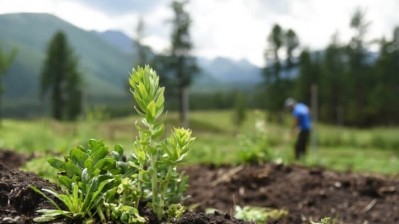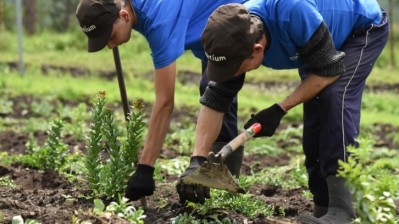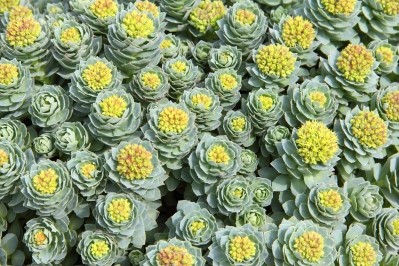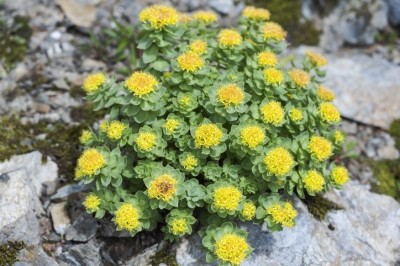PLT, Nektium make progress on Rhodiola cultivation
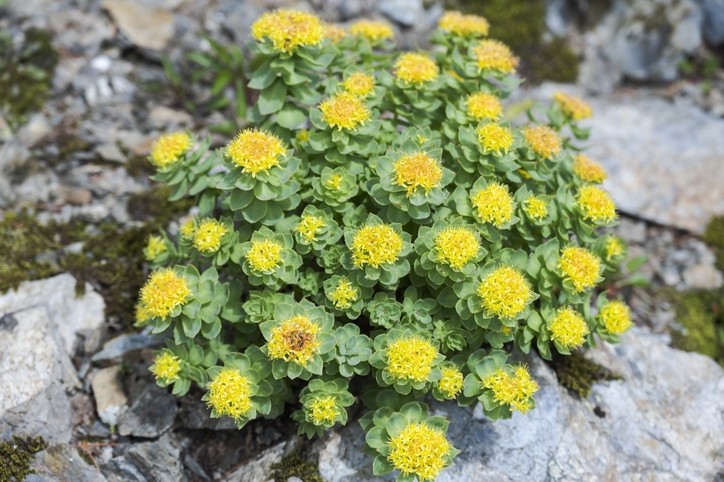
NutraIngredients-USA sat down with PLT and its supply partner Nektium to discuss the supply situation for the botanical. The companies have partnered on a cultivation project for a number of years.
Rhodiola rosea is a hardy, low-growing perennial plant common to Europe and Central Asia in regions that have a harsh, Alpine or Arctic climate. The major wildcrafted sources of the botanical used in the supplement trade come from southern Siberia. There the plant grows on the slopes of the Altai Mountains, a range that transects the border with western Mongolia.
Adaptogen with many applications
According to the National Center for Complementary and Integrative Health, Rhodiola has a long history of use in herbal medicines in the regions where it is common. It has often been used as a sort of pick-me-up, to help users cope with the stressful climate, with fatigue and in some case with altitude sickness.
According to NCCIH, the botanical is marketed these days to increase energy, stamina, strength, and mental capacity, improve athletic performance, resist the effects of stress, and help manage depression and anxiety symptoms. While NCCIH doesn’t use this terminology, promoters of the plant refer to it as one of the best-performing adaptogens on the market.
The chemical profile of Rhodiola is dependent on its local growing conditions. For this plant, like many other wildcrafted botanicals, comfort is an enemy, not a friend. Plants growing in cushy surroundings express fewer of the active constituents of interest.
In the case of Rhodiola, primary among these active constituents is a glucoside referred to as salidroside. Another important bioactive is a family of cinnamyl mono- and diglycosides referred to as rosavin.
So the trick to cultivating a quality Rhodiola crop is the try to match the growing conditions as closely as possible to the wildcrafted plants, said Bruno Berheide, Nektium’s director fo strategy and innovation. Nektium, based in Las Palmas in the Canary Islands, embarked on the project with PLT about five years ago.
Verifying the cultivated source
Rhodiola plants take several years to mature to the point where portions of the roots, from which the extract is made, can be harvested without fatally injuring the plant. So it has only been recently that the success of the project could be verified, with plants that provide an acceptable match to their wild cousins in terms of the concentration of bioactives.
To achieve this, the fields used in cultivation were located in the same regions where the wild plants grow. This means that the source still is in a remote region of Russia, with all that implies from a transportation standpoint and, now, geopolitical risk. But, Berheide said, it was necessary to get the highest quality material, as well as to continue to support the local communities the company had worked with on a wildcrafting basis for years.
“For more than five years we have been raising the issue of sustainability for this botanical,” Berheide told NutraIngredients-USA. “The wild harvesting wasn’t aggressive. There wasn’t an indication that this genetic resource was in danger. But we thought we needed a cultivated source as an addition to ensure the supply.”
“We grow the plants in the same area and at the same altitude as the wild source,” he said. “And we use the same people to do the work.”
Having a cultivated source could be a hedge against future climate change issues as well. If the local growing conditions change, it will be easier to mitigate those with cultivated plants close to hand, supporting them with additional water and/or more nutrients, for example.
Soft spot in sales?
It will also help cushion any future spikes in demand. Sales of Rhodiola products have hit a soft spot in recent years, according the annual Herb Market Report put out by the American Botanical Council. Sales of the botanical in the mass market channel peaked at almost $11 million in 2017 and have declined slightly since then. But the ingredient is supported by a wealth of research, so a raspberry ketones-type disappearance from the market is unlikely. Demand can be expected to rebound in the near future, especially as supplement buying patterns return to something resembling a pre-pandemic ‘normal.’
However, Steve Fink, PLT’s vice president of marketing, said interest in the company’s branded Rhodiolife ingredient has remained strong, despite what the ABC data implies about the overall market. Part of that, he believes, can be attributed to the ingredient’s flexibility.
“Based on our conversations with customers and concurrent meetings with their R&D and marketing teams, we have witnessed a growth in interest (not a decreased interest) in Rhodiolife / Rhodiola and for adaptogens across the board,” he said.
“One driver of that interest has been the shift toward novel delivery formats, such as gummies,” he added.
“In terms of what the future holds for Rhodiolife/rhodiola, we acknowledge that supply chain issues and adulteration concerns may impact some suppliers on the market moving forward, but thankfully, will not impact Rhodiolife, thanks to PLT’s and Nektium’s many, many years of investments in supply chain, sustainability, and quality pillars for this important botanical. PLT remains very bullish about the future prospects of Rhodiolife Rhodiola.” Fink added.
